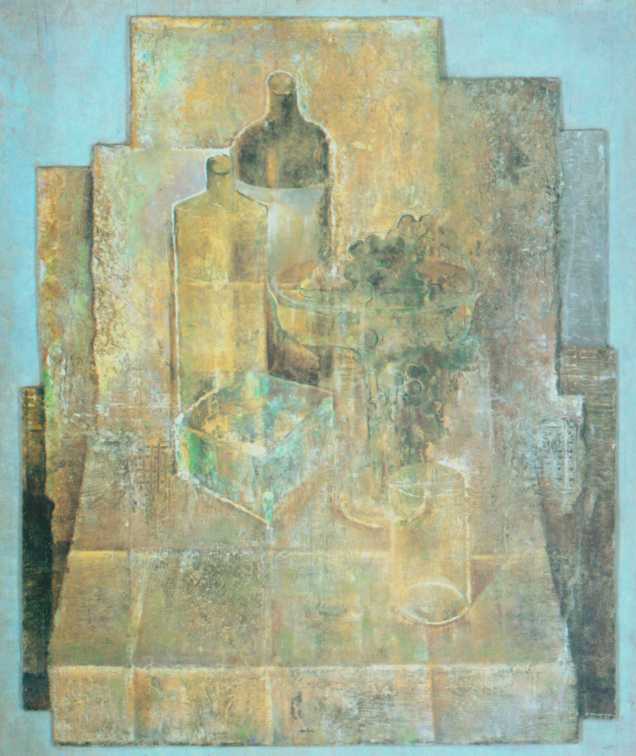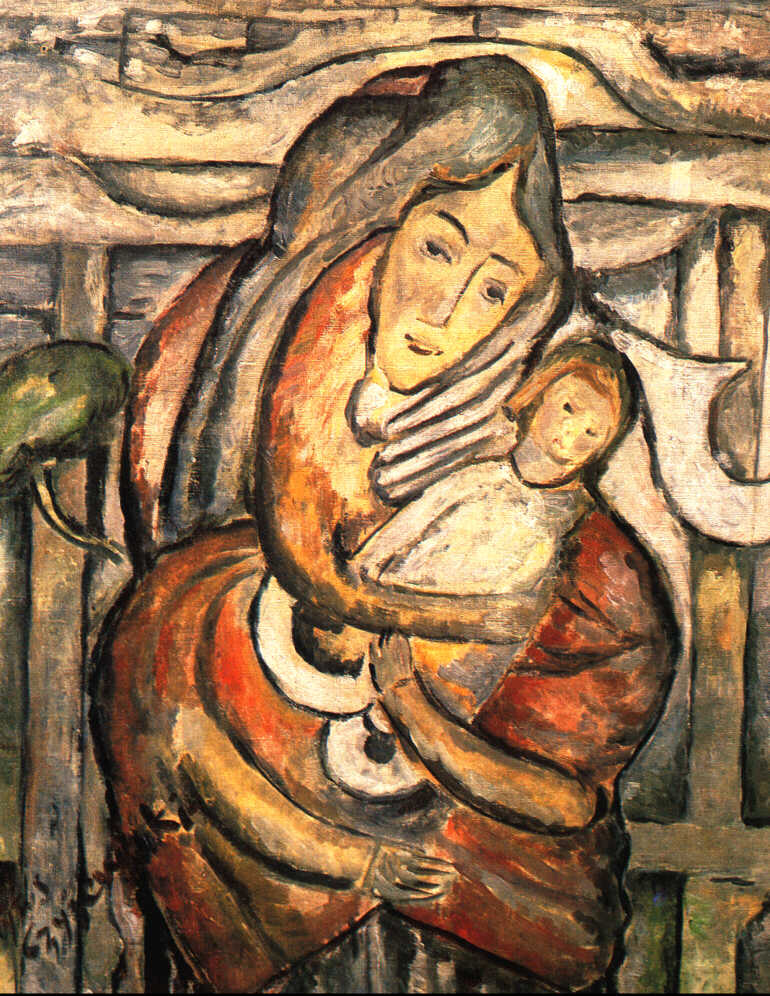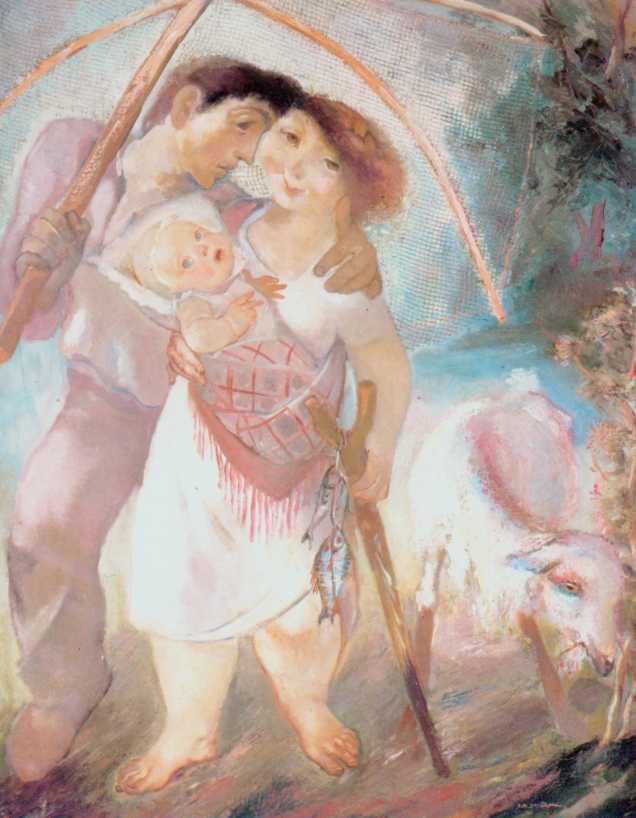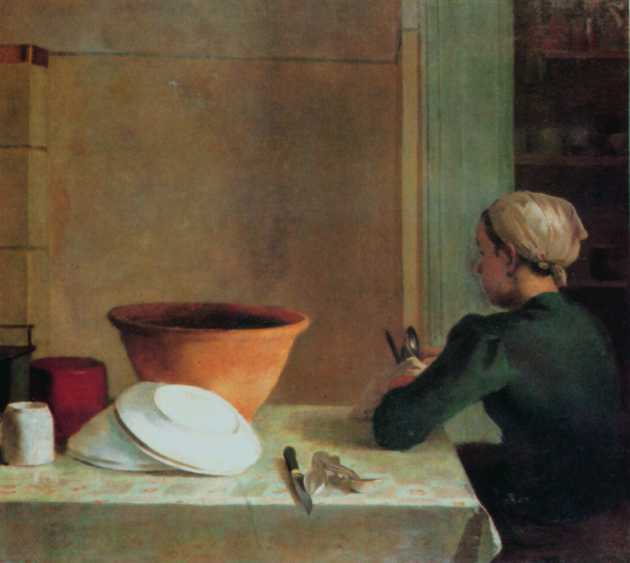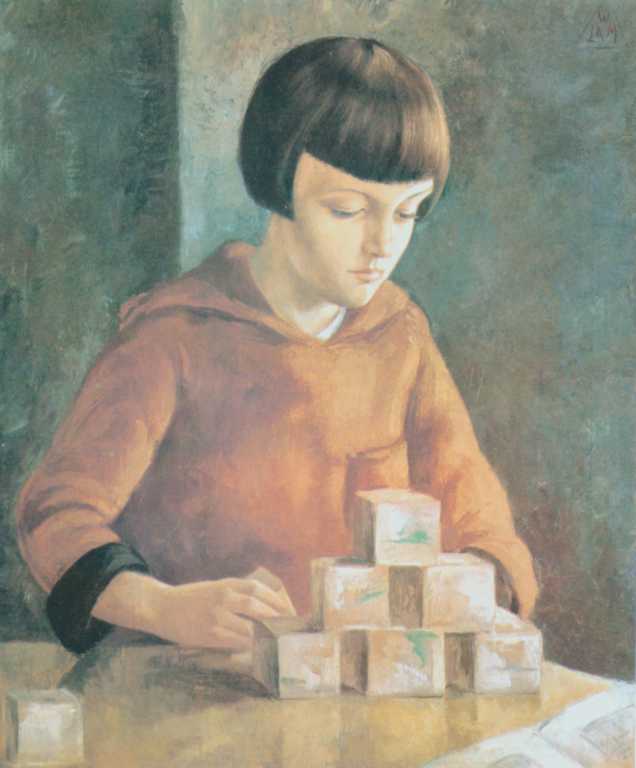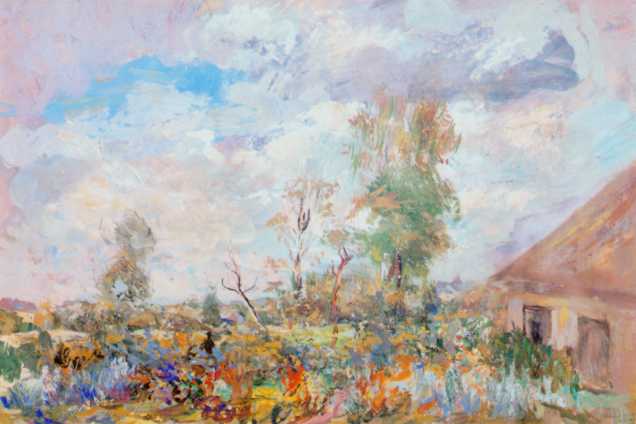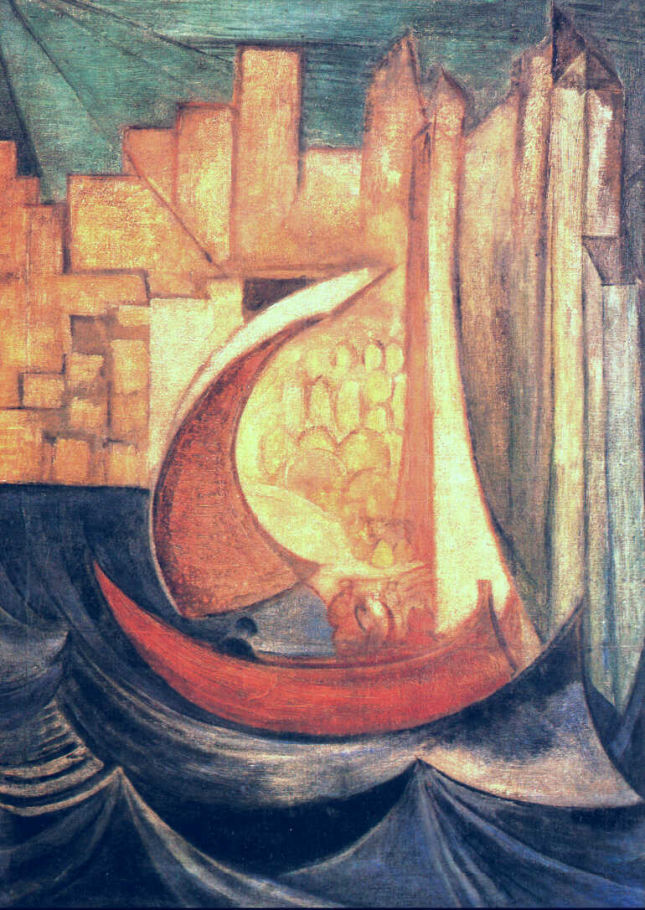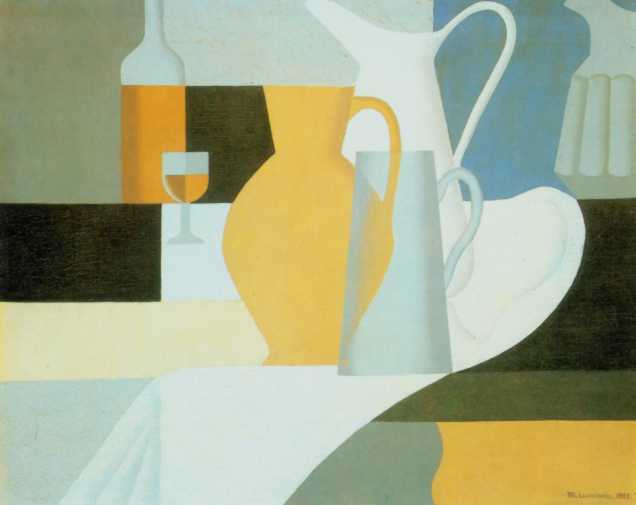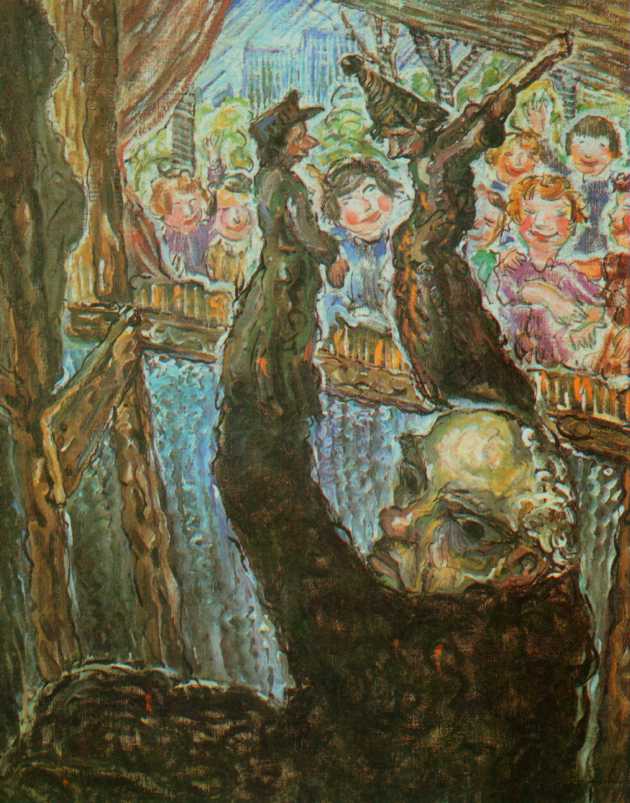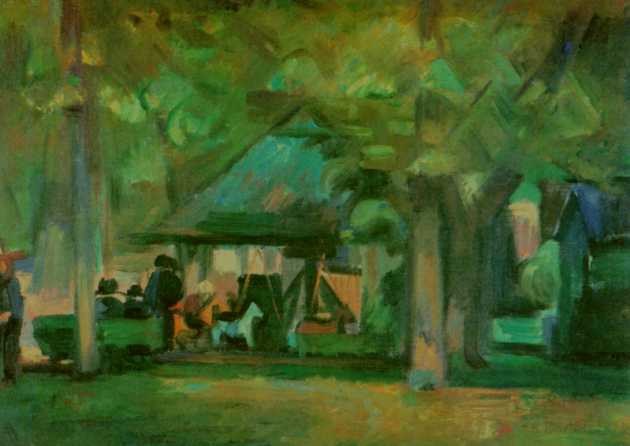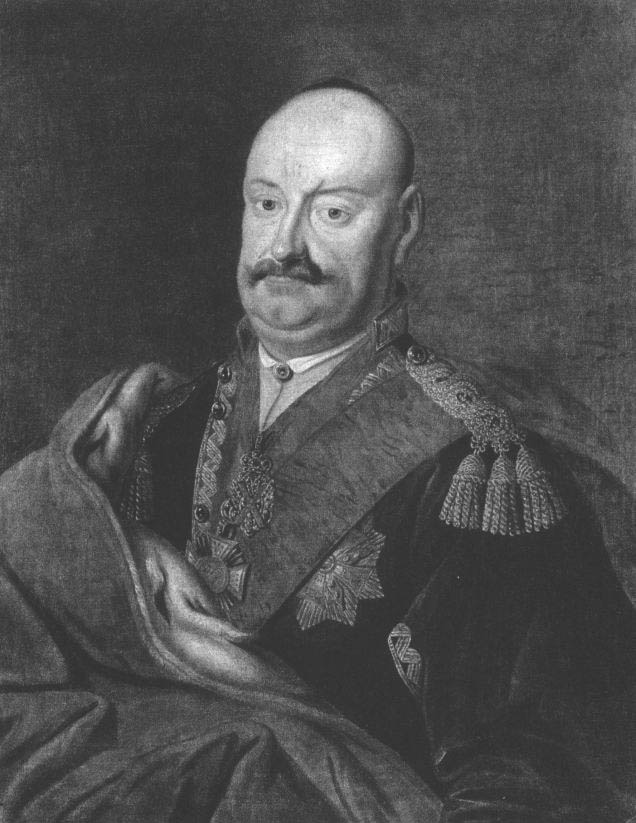Mackiewicz Konstanty (ur. 1894 Brest on the Bug river, He died 30 September 1985, Łódź).
Painter, scenographer, member of the Rytm and Start groups. He studied art until 1922 at the Moscow School of Painting, Sculptures and Architecture in the studio of W.. Kandinskyego, then continued in Odessa. In the 1920s he worked as a theater decorator in Moscow, Odessa and Lviv. Then he moved to Łódź. The avant-garde tendencies concentrated in this city were then close to his interests and were clearly reflected in his art. Mackiewicz's works represented the so-called. cuboformism, at times they approached purism. They were composed according to cubist principles with the discipline of colors appropriate to this direction. Later projects were less rigorous, formal issues remained in the foreground, peculiar lack “trim” image (while finishing it in terms of the painting tasks set) apparent gray, the misty and ineffective surface of the canvas as if with traces of rubbing from a dirty brush. The artist was also no stranger to the principles of impressionism and post-impressionism, which he used to paint the motifs of French landscape and architecture. After the war, he painted street views and large-scale compositions depicting the landscape of the Polish countryside and farming. He is also the author of a series of works related to the experiences of war and being a protest against the war and its atrocities.
Painter, scenographer, member of the Rytm and Start groups. He studied art until 1922 at the Moscow School of Painting, Sculptures and Architecture in the studio of W.. Kandinskyego, then continued in Odessa. In the 1920s he worked as a theater decorator in Moscow, Odessa and Lviv. Then he moved to Łódź. The avant-garde tendencies concentrated in this city were then close to his interests and were clearly reflected in his art. Mackiewicz's works represented the so-called. cuboformism, at times they approached purism. They were composed according to cubist principles with the discipline of colors appropriate to this direction. Later projects were less rigorous, formal issues remained in the foreground, peculiar lack “trim” image (while finishing it in terms of the painting tasks set) apparent gray, the misty and ineffective surface of the canvas as if with traces of rubbing from a dirty brush. The artist was also no stranger to the principles of impressionism and post-impressionism, which he used to paint the motifs of French landscape and architecture. After the war, he painted street views and large-scale compositions depicting the landscape of the Polish countryside and farming. He is also the author of a series of works related to the experiences of war and being a protest against the war and its atrocities.
Still life
oil, canvas, 73,5 x 50 cm;
National Museum in Warsaw;
oil, canvas, 73,5 x 50 cm;
National Museum in Warsaw;
